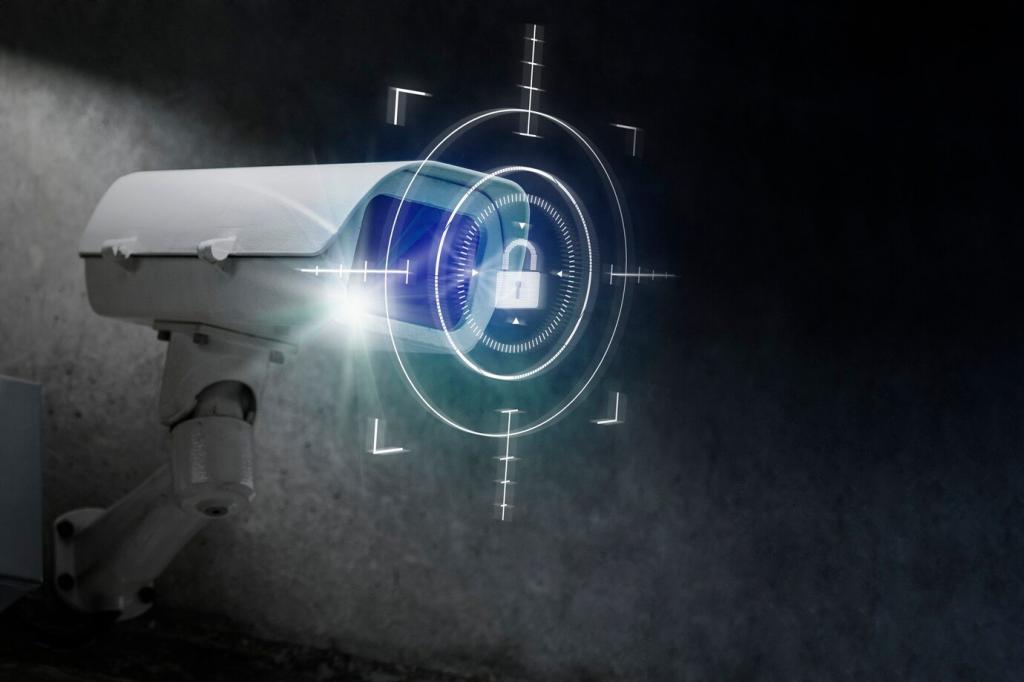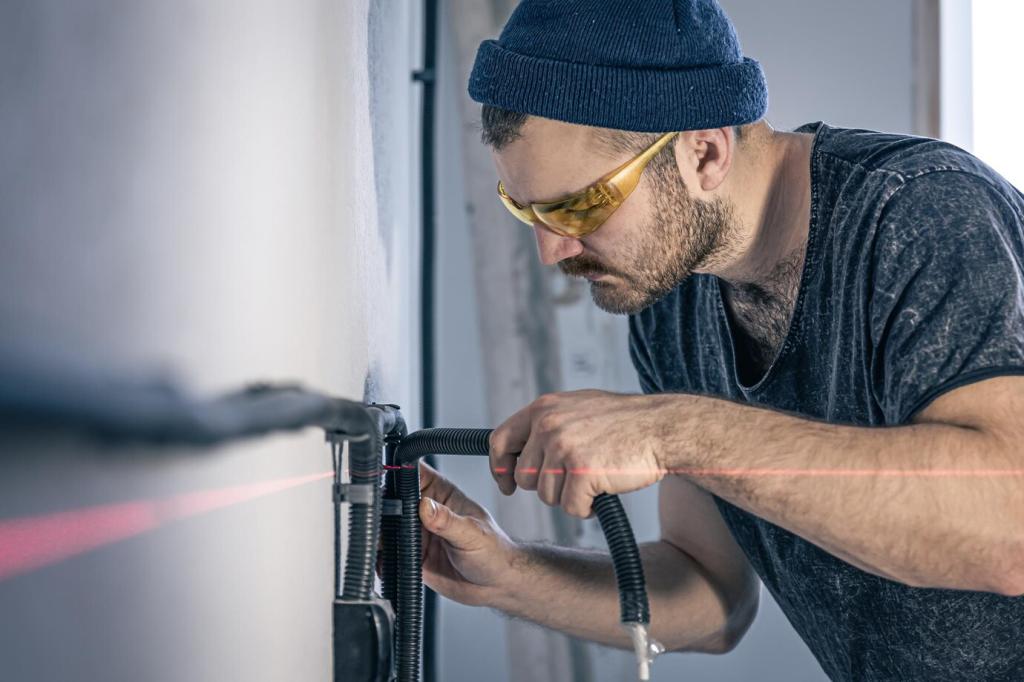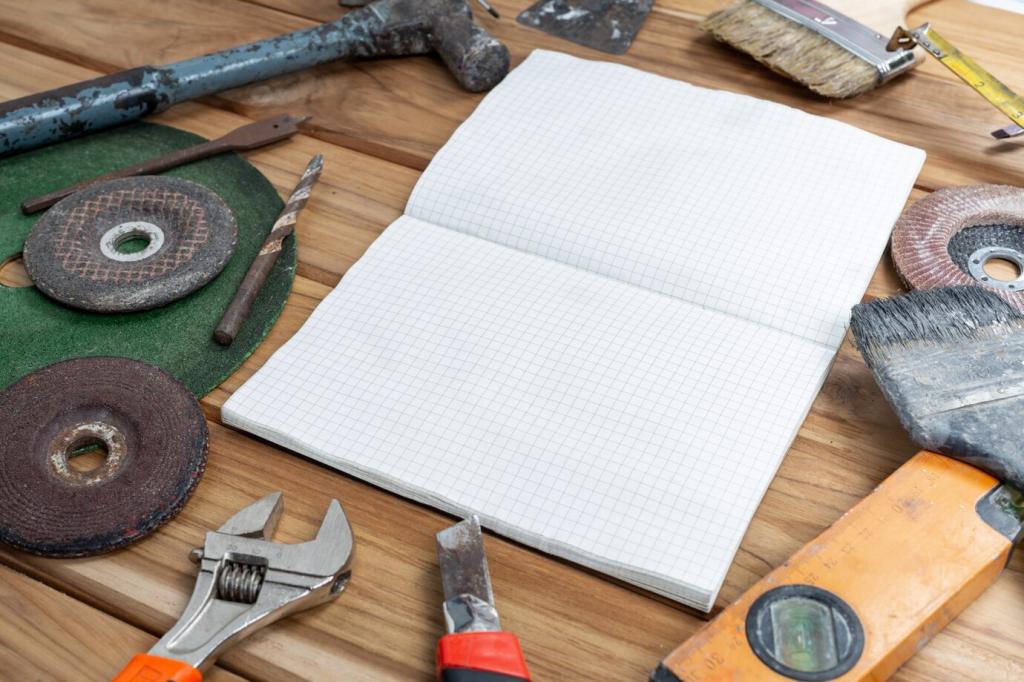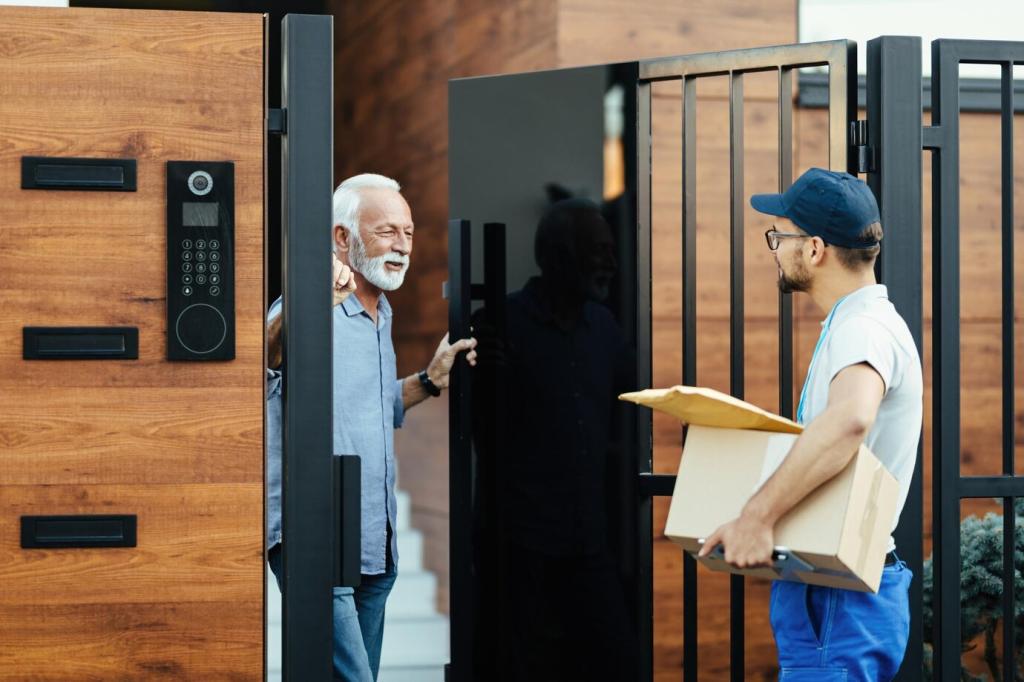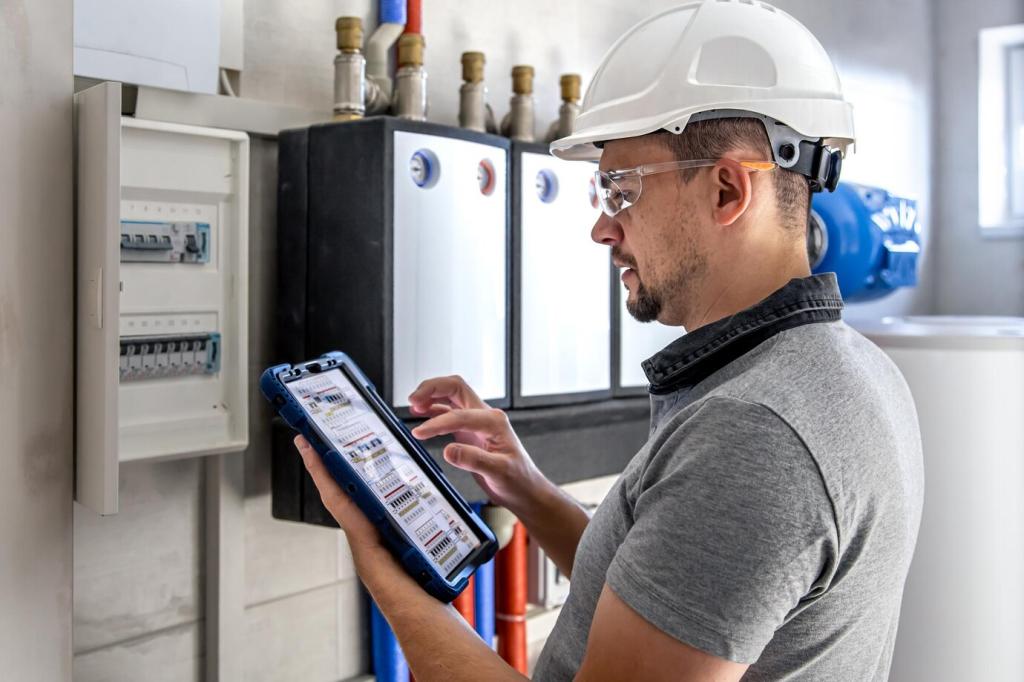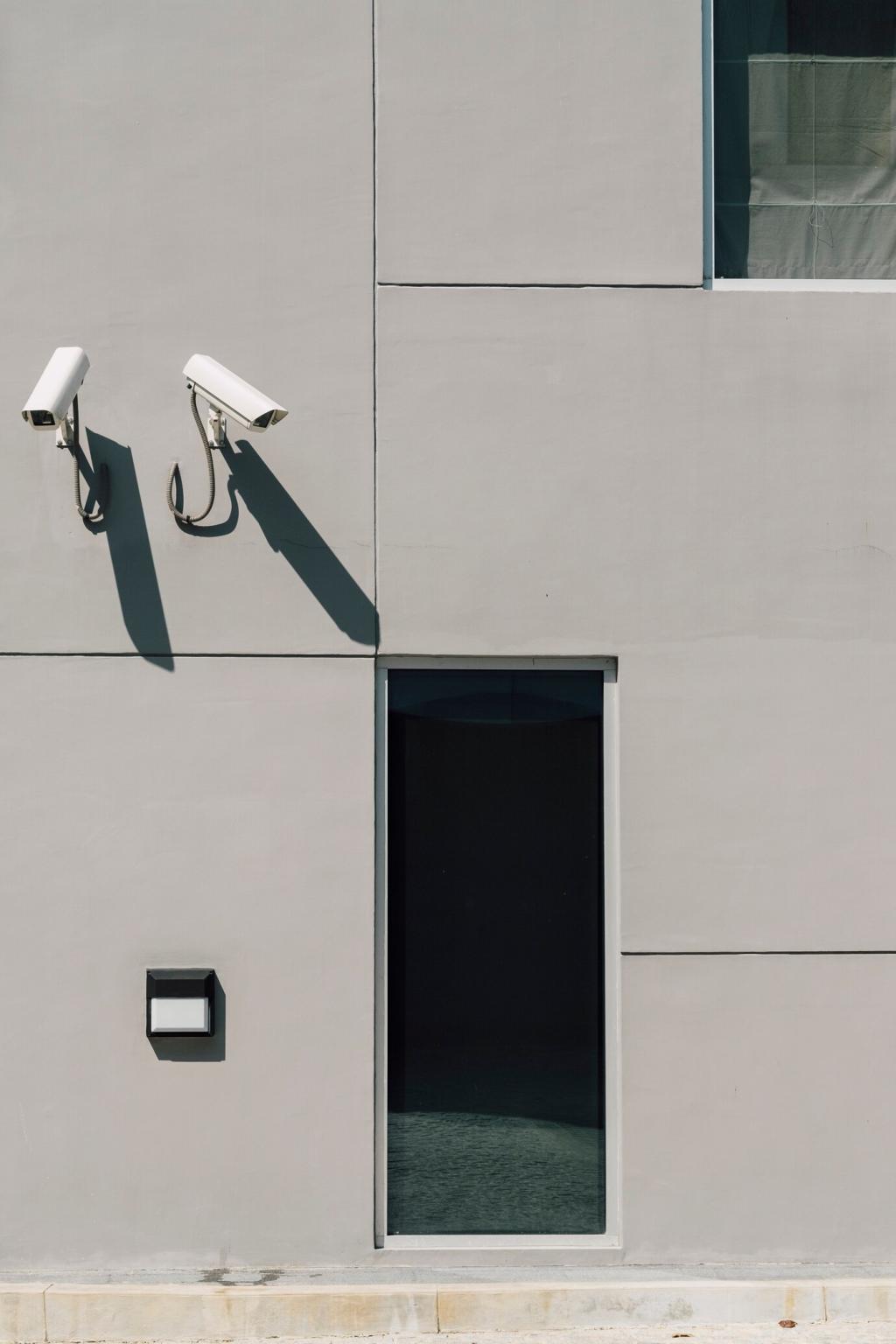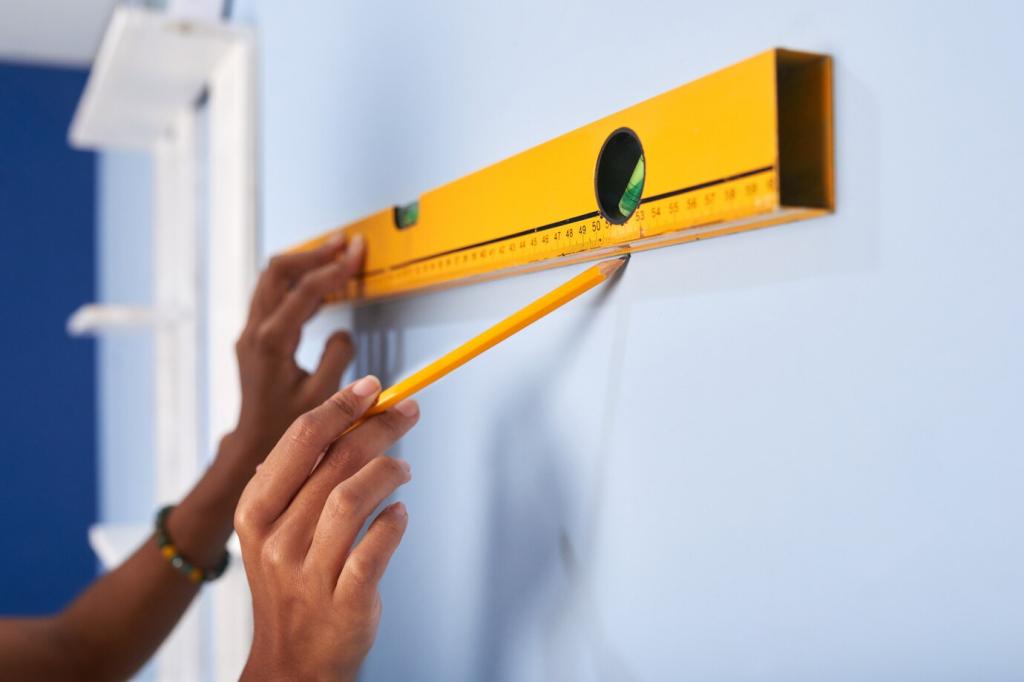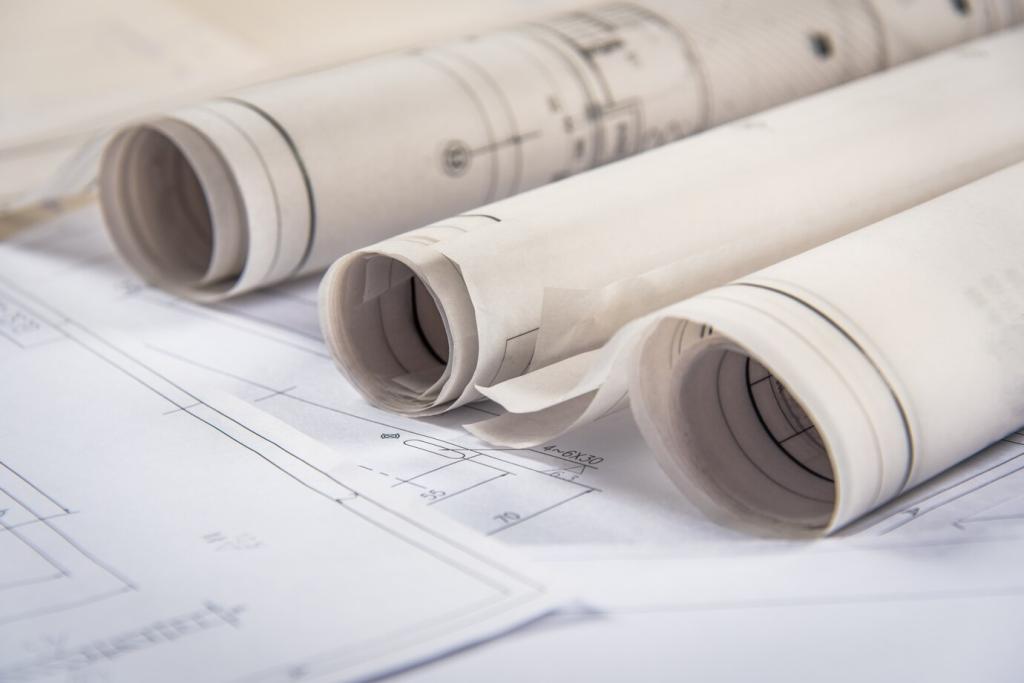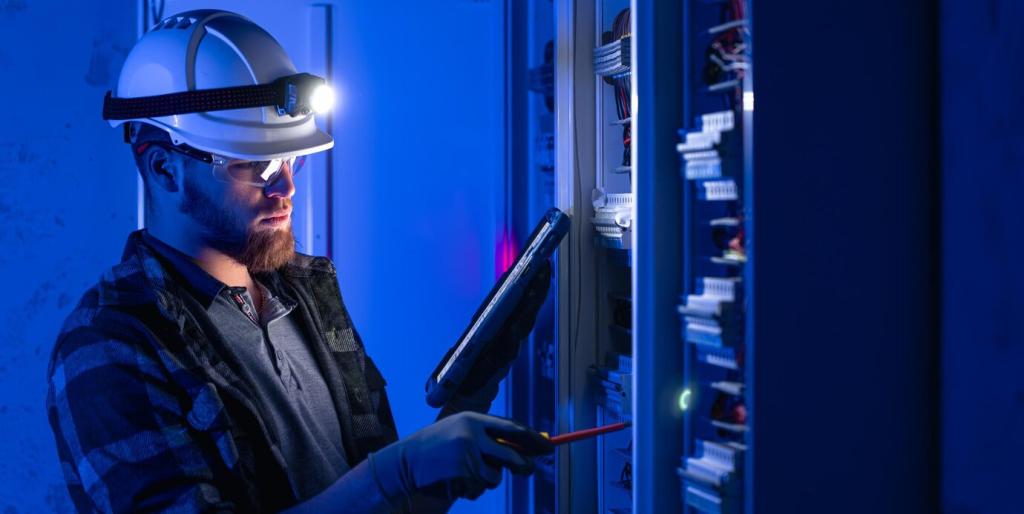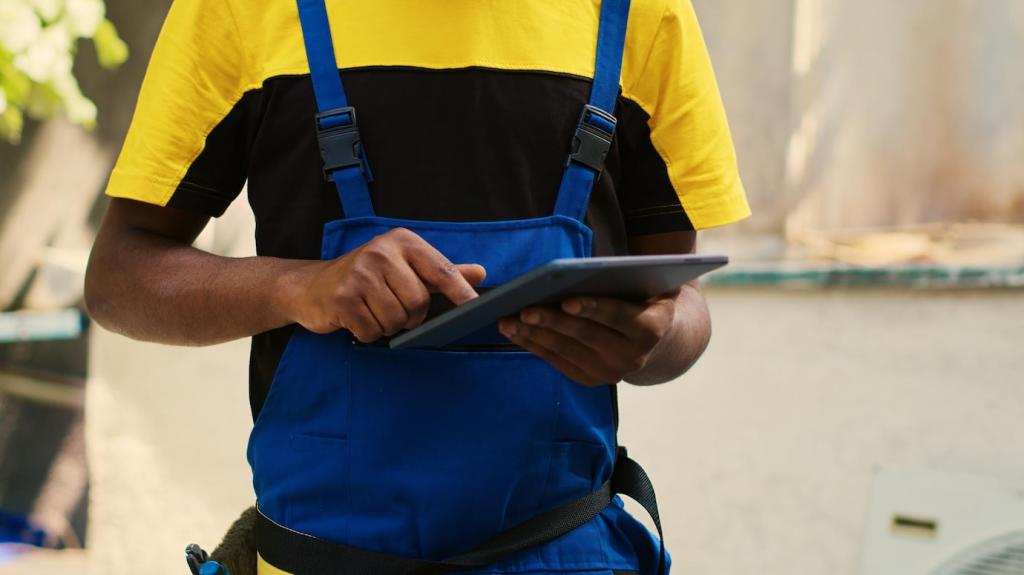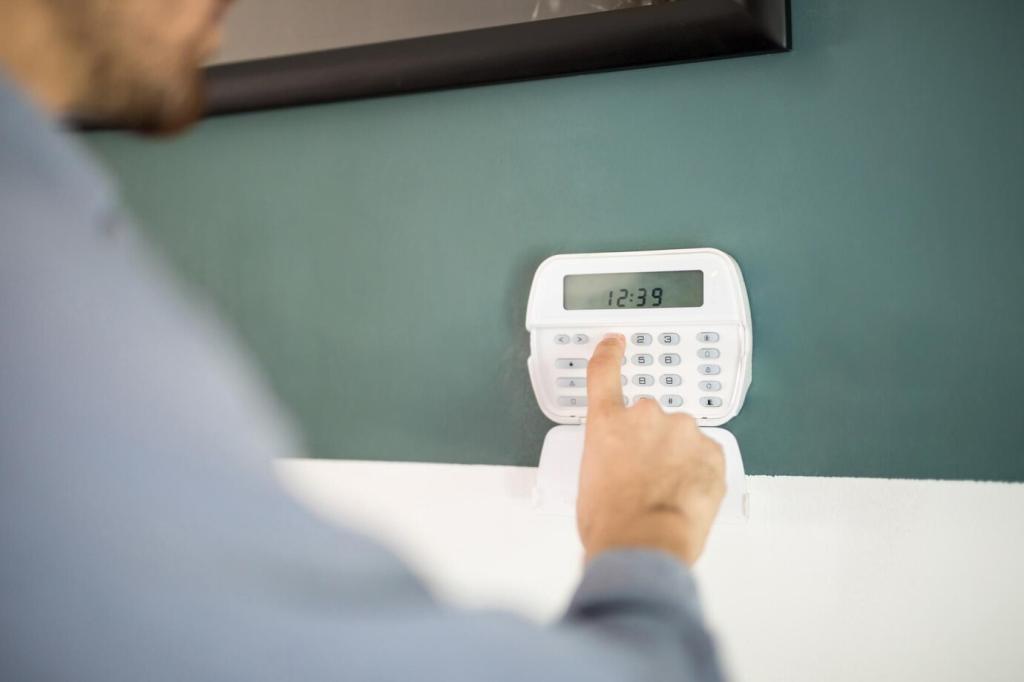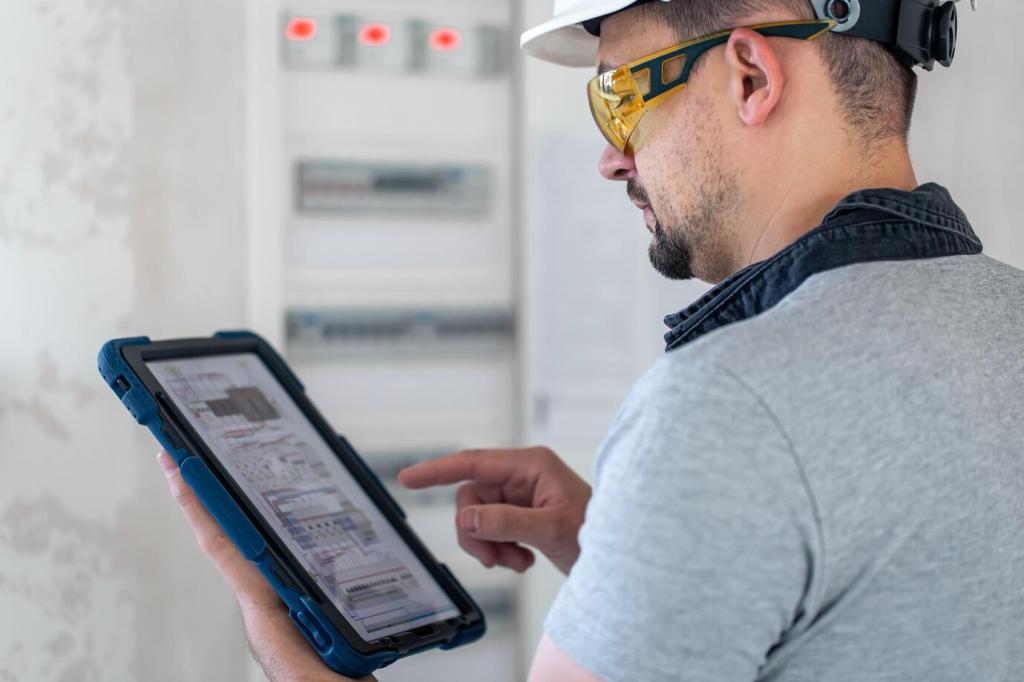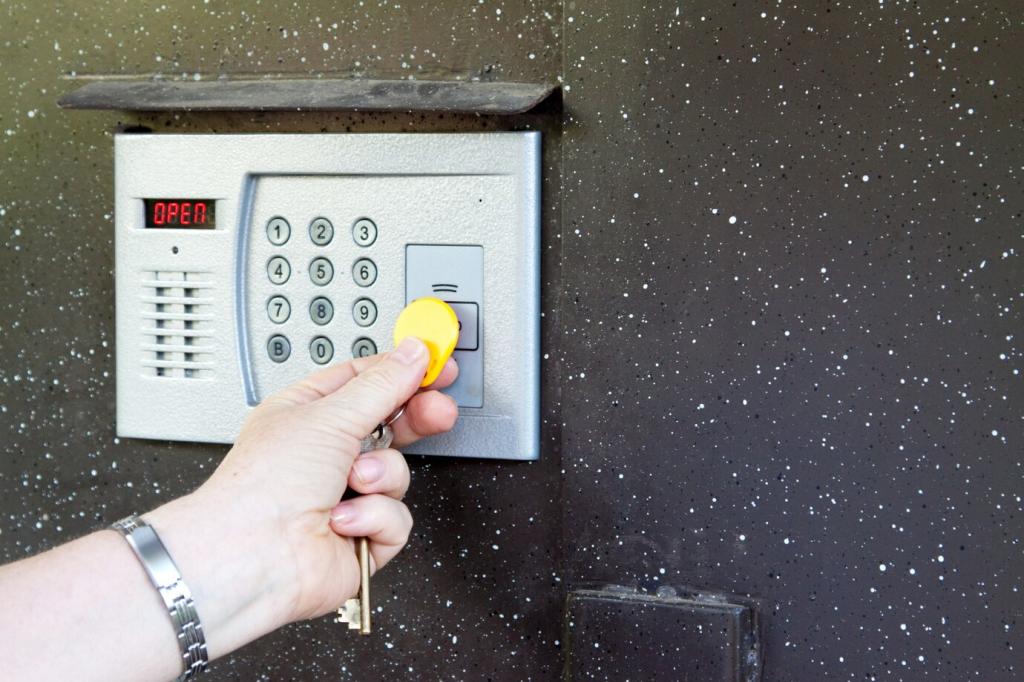Choose the Right Location and Anchor With Confidence
Anchoring into cured concrete with rated wedge or adhesive anchors dramatically increases pry resistance. Pros test depth, avoid voids, and torque to spec. When concrete is unavailable, they design alternate reinforcement strategies that respect building structure and still optimize the safe’s overall security posture.
Choose the Right Location and Anchor With Confidence
Professional installers calculate floor load limits, especially for second-story or older buildings. They evaluate joist direction, span, and fastener pull-out strength to avoid sagging or catastrophic failures. Proper placement and load distribution let the safe perform as intended while protecting people, property, and peace of mind.
Choose the Right Location and Anchor With Confidence
Hiding a safe in a closet is not automatically a win if cameras cannot see approaches or alarms do not trigger. Pros place safes where concealment limits casual discovery, yet lines of sight, motion detection, and access control still capture suspicious movement before tools meet steel.
Choose the Right Location and Anchor With Confidence
Lorem ipsum dolor sit amet, consectetur adipiscing elit. Ut elit tellus, luctus nec ullamcorper mattis, pulvinar dapibus leo.

